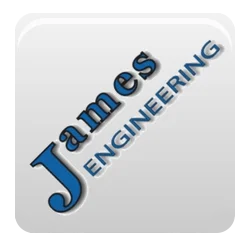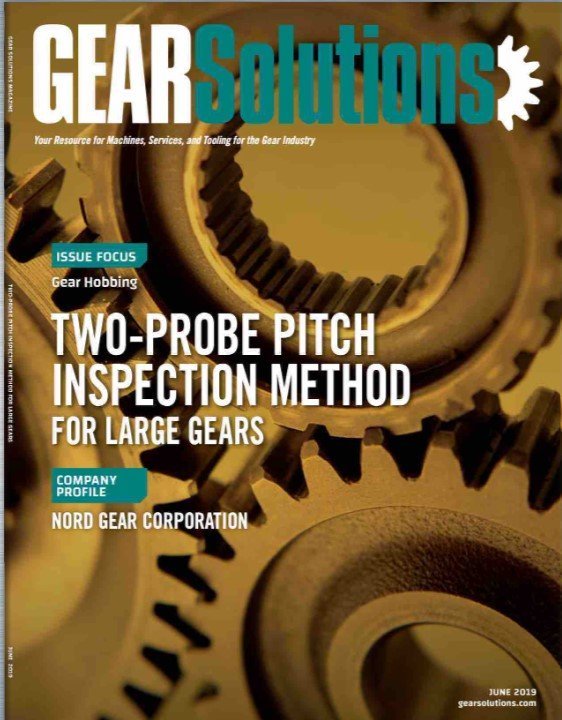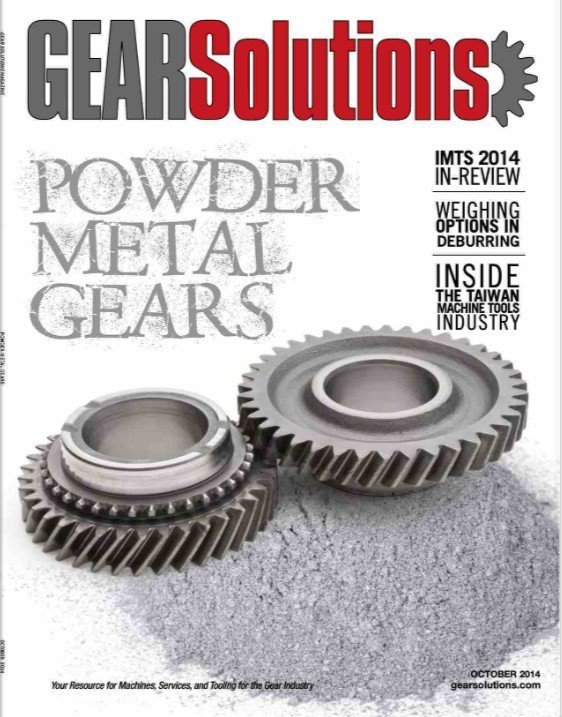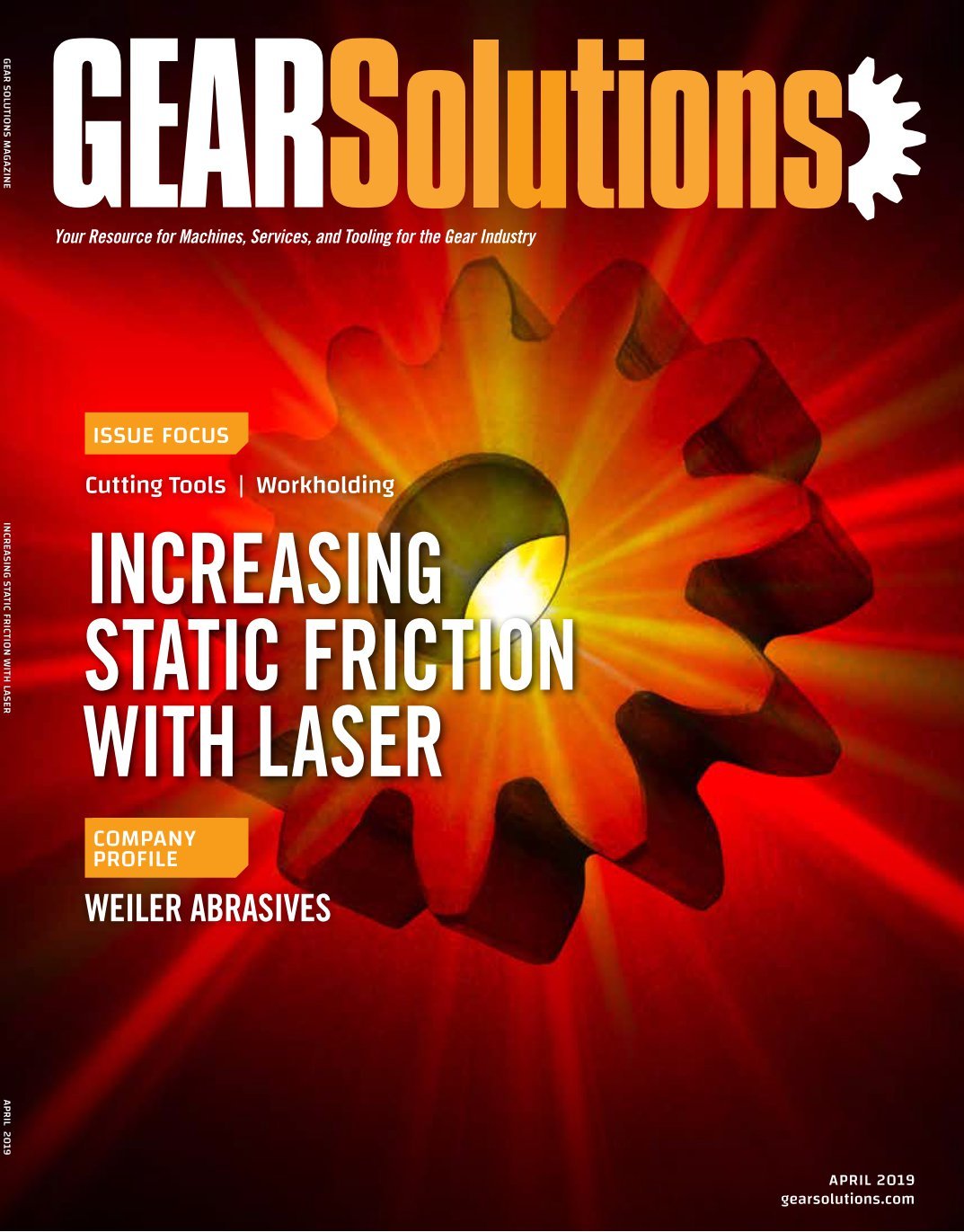James Engineering Featured In
Gear Solutions
Q&A with Scott Richards
—
“What does James Engineering do for the gear-manufacturing industry?
James Engineering manufactures state-of-the-art deburring machines. These machines range from simple manual machines to cutting-edge, high-tech CNC-like systems called the MAX Systems™. Our systems can handle parts from 1/16” diameter to parts in excess of 300”. With our MAX Systems, we now can go far beyond traditional gear deburring. We can process the entire part, gear, gearboxes, valves, and much more. We can remove burrs, create chamfers and radius’, brush the gear, deburr snap rings, brush splines, and remove micro-scratches all in one operation. Not every customer needs this, but the ability is there now…”
View the rest of our column in Gear Solutions
Q&A with james Richards
—
“What other innovations make James Engineering a leader in the gear industry?
I take all my ideas, and I try to formulate them into a machine that is as flexible as it can be, so we can do multiple things within a cycle.
On the ergonomic side of it, I’ve seen a lot of deburring machines where I can’t get my head in to see what I’m doing. The openings are too small, or you have to get too contorted to get in and try to make changes. My dad was an automobile mechanic. The one thing I hated was getting on a creeper and crawling underneath the car because everything fell in your eyes. Probably from that young age, I’ve always wanted to be in a good work position.
Now, with our machines, they’re not only ergonomic to get up and work on, but we’ve brought the computer into it. Through computer programming, we’ve brought repeatable processing back with the select ENTER, cycle-start capability of computers. It’s a game changer to the industry…”
VIEW THE REST OF OUR COLUMN IN Gear Solutions
Q&A with James Richards
—
“So how did you get into the deburring business?
It’s actually a pretty interesting story. I started a company in 1980, making marking and code-dating machines for the pharmaceutical and food industry, but I was also doing a bit of custom machine designing and building on the side. I had a client that built formula-one and Indy car transmissions–I’ve always had a dear love for auto racing–and they were farming out their gears at the time. One day the owner got in this beautiful hob gear, but it had all of these horrible burrs on the backside, and he said “jeez, how do we get rid of those?” We didn’t know anything about AGMA then, or that there were companies that did that type of work, so I went back to my shop and spent a couple of days designing what I believed to be a gear deburring machine. Well, we put it on the floor and it worked perfectly. It’s still running to this day, in fact…”
VIEW THE REST OF OUR COLUMN IN Gear Solutions
Q&A with James Richards
—
“Could you tell our readers a little about your MAX-System ‘One-Time-Setup’ deburring solution?
We’re probably the first people to build a purpose-built CNC-type of deburring machine. It has got five servo axes to it. We have developed the software to run it. It is extremely intuitive. It takes only a few minutes. If you were in front of the machine, I could have you run programs on it. Basically, what it’ll have you do is you take a part, put it on there, and it’ll take you five or 10 minutes to write a program to deburr a part, and you’ll never have to write that program again. We can store hundreds of programs in the machine, and it’s a simple three-button process — select-cycle-start, scroll, select-cycle-start…”
VIEW THE REST OF OUR COLUMN IN Gear Solutions
Still Stuck Hand deburring?
—
“If you are doing hand deburring as an ongoing solution, then poor quality, inconsistency, a high scrap rate, and employee turnover are likely significant issues for your business. For hand deburring to achieve the desired final results, considerable training must be given; and yet, these jobs are not highly skilled and/or highly-paid positions. And once you get an individual trained who can produce good parts on a regular basis, they develop on-the-job repetitive work injuries, they want to learn another skill and do something else, or they quit. Maintaining a reliable pool of hand deburring workers is tough, and you are always training someone new…”





